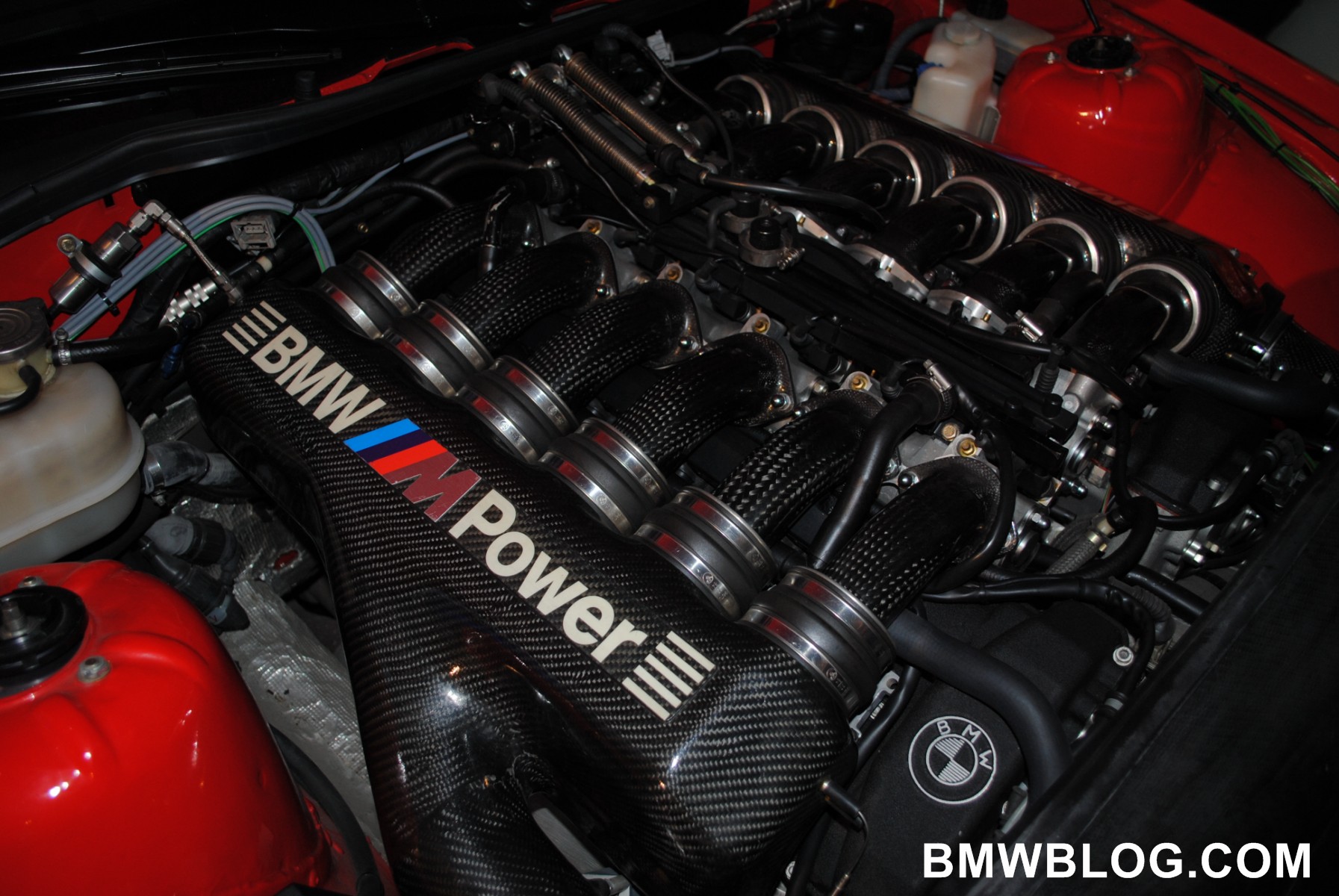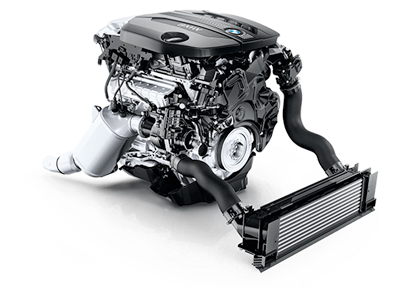The Duty of BMW Engine Layout in Getting Exceptional Fuel Performance
The Duty of BMW Engine Layout in Getting Exceptional Fuel Performance
Blog Article
Checking Out the Development of Combustion Engines in Modern Transportation Solutions
As we browse the landscape of modern-day transportation, the evolution of combustion engines stands as a testimony to human resourcefulness and engineering prowess. The interaction of history, technology, and ecological problems in shaping the trajectory of burning engines develops a story that is both compelling and insightful.
Very Early Beginnings of Combustion Engines
Just how did the idea of burning engines very first emerge in the onset of transportation growth? When the principles of inner combustion were initial discovered, the roots of burning engines can be traced back to the 17th century. In 1673, Christian Huygens conceived a standard interior burning engine that used gunpowder to create power. However, it had not been up until the late 19th century that practical applications of combustion engines in transport began to emerge.
The development minute included the development of the first successful gasoline-powered engine by Karl Benz in 1885 - bmw engine. This engine led the way for the growth of the modern-day automobile, reinventing transport systems worldwide. Succeeding developments by Nikolaus Otto and Gottlieb Daimler additionally improved burning engine technology, bring about the automation of vehicles and the fast growth of the transport sector
These early combustion engines were characterized by their simplicity and effectiveness, laying the structure for the complicated and powerful engines utilized in modern transportation systems. The evolution of burning engines has actually contributed fit the method we take a trip and move items, marking a considerable milestone in the history of transport advancement.
Shift to Internal Combustion Modern Technology
The change to inner burning innovation marked a crucial change in the development of transportation systems. This change began in the late 19th century, with inventors like Nikolaus Otto and Gottlieb Daimler creating the initial effective inner burning engines. These engines transformed transport by using an extra reliable and effective alternative to vapor engines and electric motors.
One of the crucial advantages of inner combustion engines was their capacity to be scaled down to suit cars, leading to the growth of vehicles and bikes. This change from bulky, fixed engines to compact, mobile ones led the way for the modern transport systems we see today.
The shift to inner combustion modern technology also spurred innovations in fuel modern technology, resulting in the growth of gas and diesel as key fuel sources for lorries. This shift not just made transport much more obtainable to the masses but likewise laid the foundation for the oil and gas sector to become important to international economic climates.
Influence of Combustion Engines on Transportation
The adoption of burning engines in transport systems catalyzed a profound change in the performance and speed of worldwide flexibility. Combustion engines transformed transport by giving a functional and reputable resource of power for numerous vehicles, including automobiles, vehicles, planes, and ships. This technology considerably enhanced the capability for people and products to move over long distances in shorter period, causing boosted connection in between regions and nations.
Additionally, the extensive use of burning engines has actually had a significant effect on economic development. The ability to carry products effectively has stimulated profession and business, permitting organizations to broaden their markets and reach consumers worldwide. This has promoted financial growth and globalization, as products can currently be moved much faster and in larger quantities than ever in the past.
Nonetheless, the environmental impact of burning engines can not be ignored. The combustion of fossil fuels has actually caused air pollution and greenhouse gas emissions, contributing to environment modification and positioning health threats to populations. bmw engine. As a result, there is an expanding emphasis on developing different propulsion innovations to reduce these negative results and produce a more lasting future for transportation
Technologies in Combustion Engine Layout
One significant advancement is the advancement of turbocharged engines, which utilize exhaust gases to drive a turbine that compresses inbound air, enabling for more gas to be scorched, resulting in enhanced power outcome without a considerable increase in engine dimension. Variable valve timing systems have likewise reinvented engine layout by maximizing airflow at different engine rates, improving both power and efficiency. These developments collectively contribute to the constant improvement of burning engines in modern transport systems.
Future Trends in Burning Engine Development
With modern technology developments driving continual technology, the future of burning engine growth is poised to revolutionize transport systems globally. One of the vital trends in burning engine growth is the push towards better effectiveness and reduced exhausts. Producers are spending heavily in r & d to boost engine performance while fulfilling strict ecological laws. This consists of the integration of advanced gas shot systems, improved turbocharging approaches, and using light-weight materials to maximize fuel intake and decrease carbon exhausts.
One more famous fad is the adoption of hybrid innovations in burning engines. Hybrid engines combine standard burning modern technology with electric visit their website power, providing enhanced gas performance and reduced emissions. As the automobile sector changes towards electrification, hybrid combustion engines are seen as a transitional service that connects the space in between standard lorries and totally electrical ones.
Moreover, the integration of wise innovations, such as expert system and information analytics, is anticipated to play a substantial function in the future of burning engine advancement. These innovations can maximize engine efficiency in real-time, leading to a lot more reliable burning processes and improved overall car performance. Embracing these future fads will certainly not just drive innovation in combustion engine growth yet additionally add to a much more sustainable and environmentally friendly transportation ecosystem.

Final Thought
In final thought, the advancement of combustion engines in modern-day transportation systems has actually been noted by significant improvements in technology and style. From the very early beginnings of combustion engines to the change to inner combustion innovation, these engines have actually had a profound effect on transportation.
The origins of burning engines can be traced back to the 17th century when the principles try these out of interior combustion were initial explored. These engines revolutionized transportation by supplying a more reliable and powerful alternative to vapor engines and electric motors.

Report this page